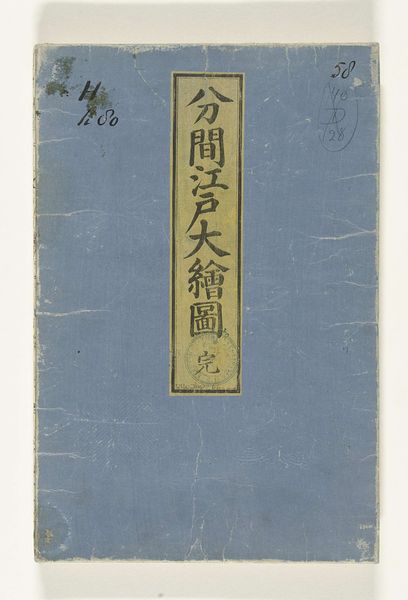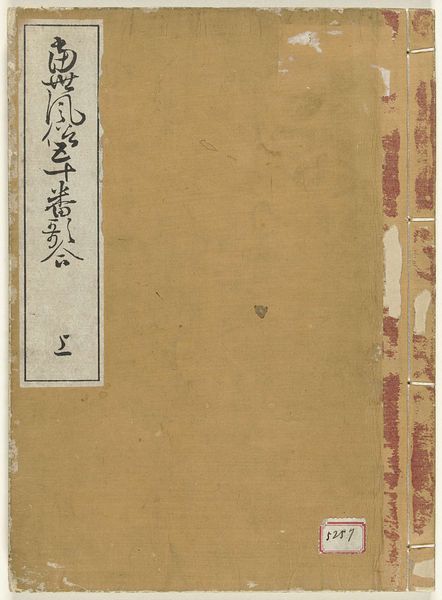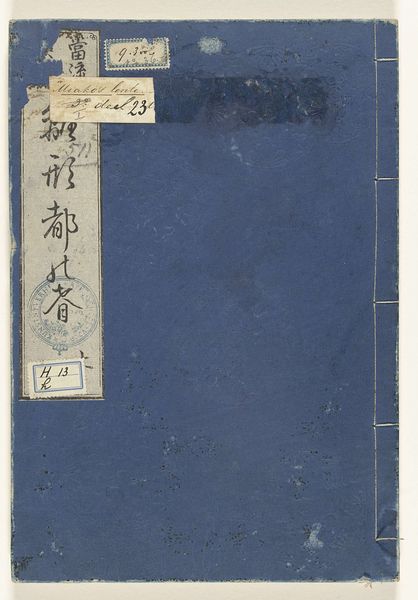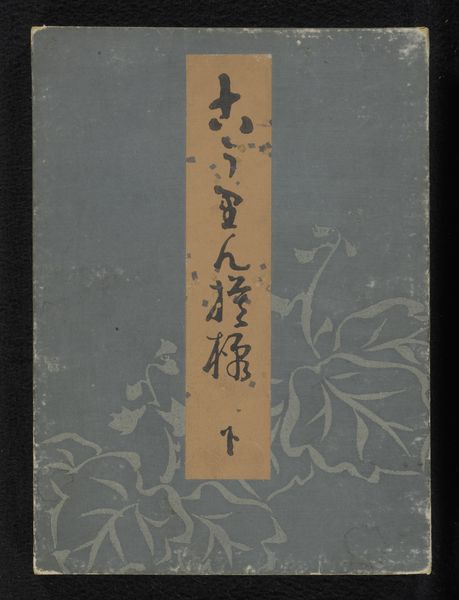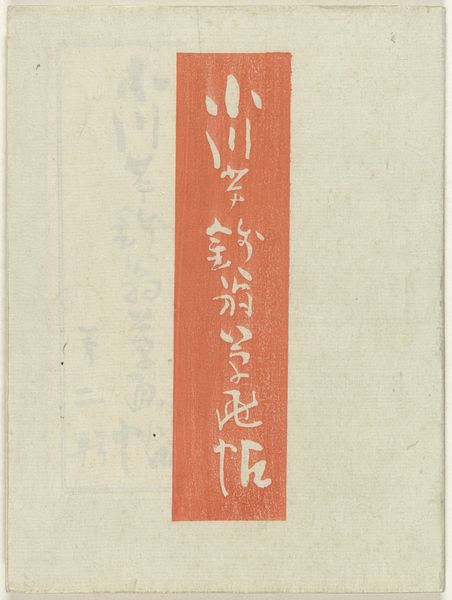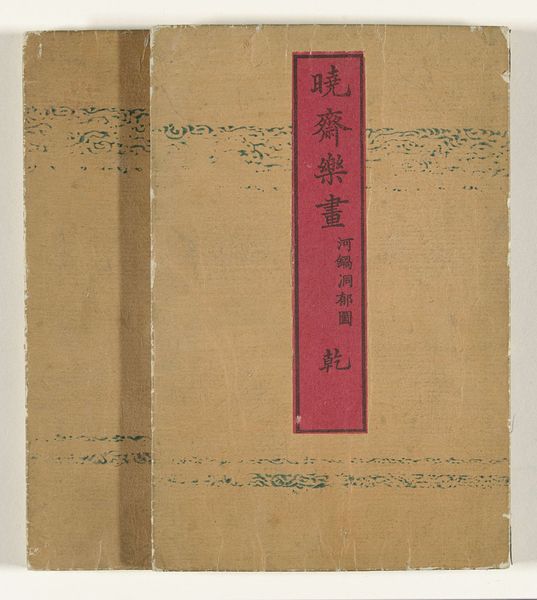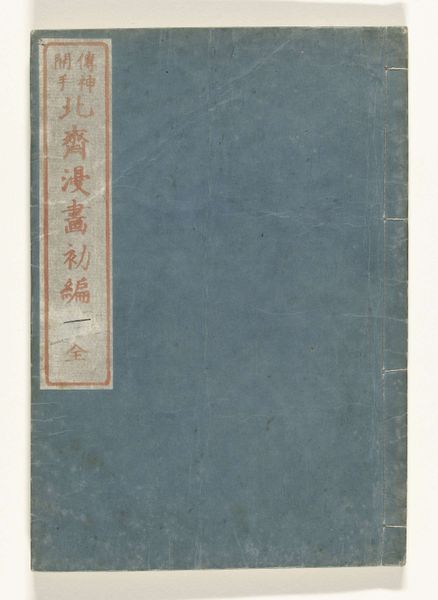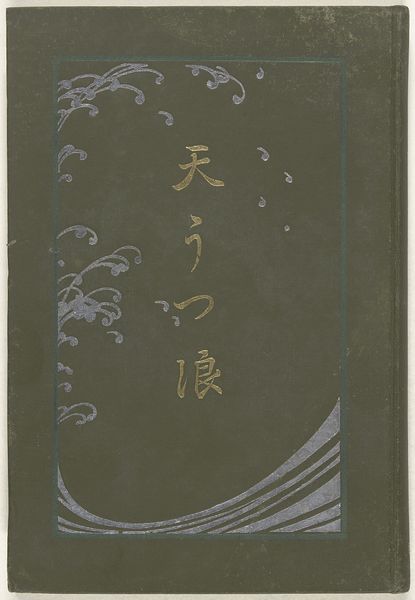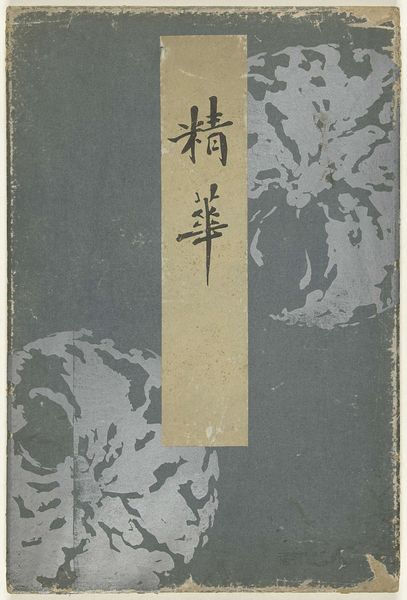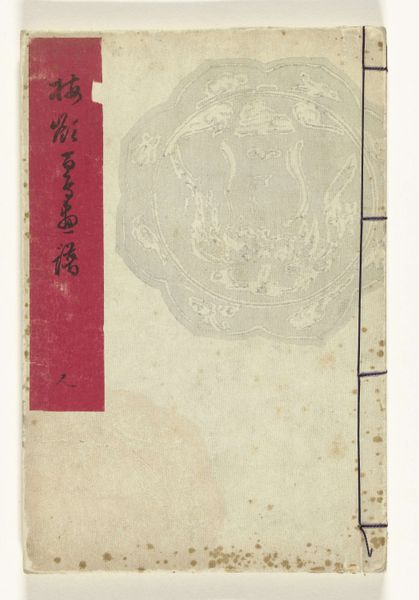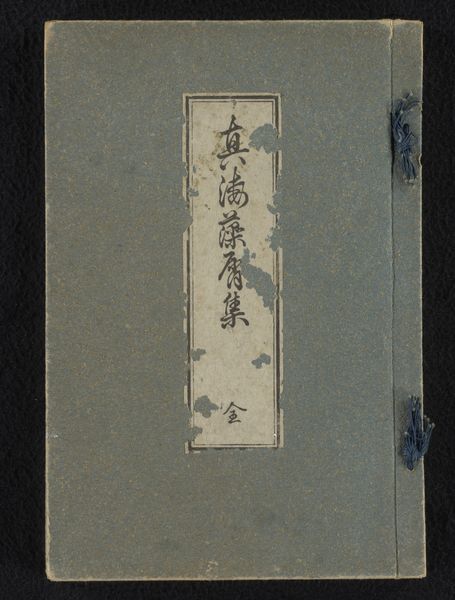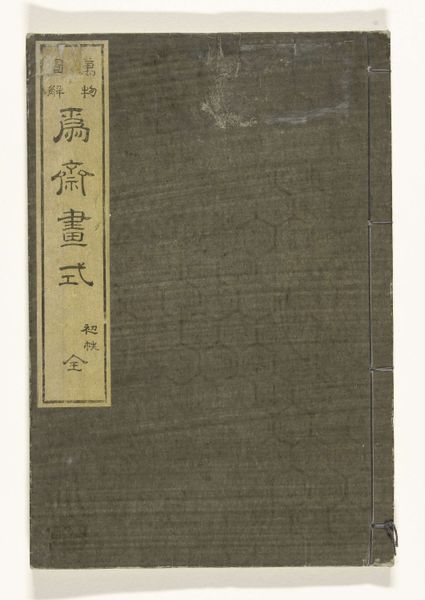
print, paper, typography, woodblock-print
aged paper
toned paper
asian-art
paper
personal sketchbook
typography
woodblock-print
ink colored
sketchbook art
calligraphy
Dimensions: height 248 mm, width 178 mm
Copyright: Rijks Museum: Open Domain
Editor: This is Matsui Yukoku's "Verblijfplaatsen van kleine vogels" or "Habitations of Small Birds," made in 1903. It's a color woodblock print on paper, and I find its delicate details and the subtle contrast of the foliage against the green background really calming. What strikes you about this work? Curator: I see this piece through the lens of cultural exchange and artistic resistance. It appears that the Japonisme movement certainly influenced Yukoku's choice of subject and technique, evidenced by the use of woodblock printmaking. However, considering the historical context – Japan rapidly modernizing and engaging with the West – the overt Japonisme hints to the negotiation between embracing new influences and reaffirming a unique Japanese identity. Do you perceive an underlying commentary about cultural preservation? Editor: That's an interesting angle I hadn't considered! I was focused more on the aesthetics, but I can see what you mean. Maybe the artist is using traditional techniques to depict something natural, in a way protecting an image of the past in a rapidly changing world. Curator: Exactly! This contrast, almost a visual tension, might subtly reflect a social commentary. By focusing on birds, it may speak to themes of freedom but also the constraints placed upon society during this era. Think about how such serene scenes, traditionally apolitical, can gain resonance under regimes experiencing modernization and sometimes westernization. Editor: So, what might have seemed like just a pretty picture, could really be a reflection on much larger issues in Japanese society at the time. It definitely gives me something to think about in terms of art’s role as a silent voice. Curator: Precisely. It reveals how artists, consciously or unconsciously, engage in a silent dialogue with the power structures and cultural shifts surrounding them. Analyzing art is akin to unraveling the complexities of that period, hopefully making us question some contemporary dynamics in today's society.
Comments
No comments
Be the first to comment and join the conversation on the ultimate creative platform.
